07 April 2025
One of BMW’s most important models, in fact a sector defining model, celebrates its half century in 2025. That’s right, the BMW 3 Series turns 50. We look at its history and impact over the decades.
Early days

Designed to replace the 02, BMW launched the 3 Series at the International Motor Show (IAA) in Frankfurt in 1975. The E21 series continued the good work of BMW’s 02 models, and continued the theme of a high quality, high tech executive model, focused on excellent driving dynamics regardless of engine power.
With the Paul Bracq design an evolution of the outgoing model, the 3 Series featured clean, crisp lines, and a large glasshouse, thanks to slim pillars. The familiar double kidney grille and Hofmeister Kink remained, and the first generation was only available as a two-door saloon – other than a semi-official convertible offered by coachbuilder Baur. Fitted with a variety of straight four and straight six engines, the E21 lasted until 1982, when it was replaced with the E30.
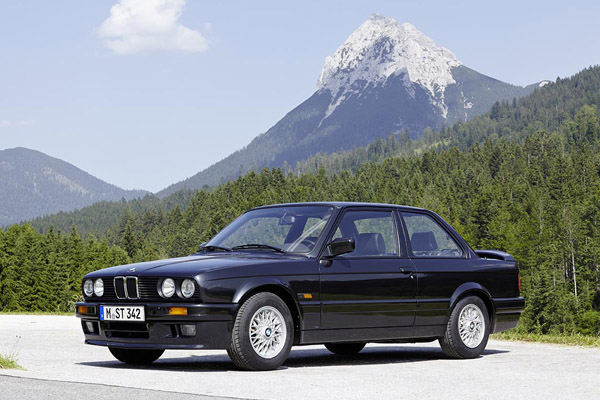
Surviving almost ten years, this is, for many,the 3 Series; helped no doubt by the introduction of the M3 badge to the mix. Designed to compete in the DTM (German touring cars) the M3 arrived in 1986, but the 3 Series had already reinforced its reputation built up from the previous generation and 02 models for offering unsurpassed driving thrills in a compact premium saloon.
This time around, the 3 Series was offered in a variety of body styles, including four- and two-door saloons, an official convertible, and as an estate. A diesel was introduced to the engine line-up too, as was all-wheel drive for the first time. Include the later performance model and, apart from electrified models, it’s a set-up that is utterly familiar to executive car drivers everywhere.
Firmly established…
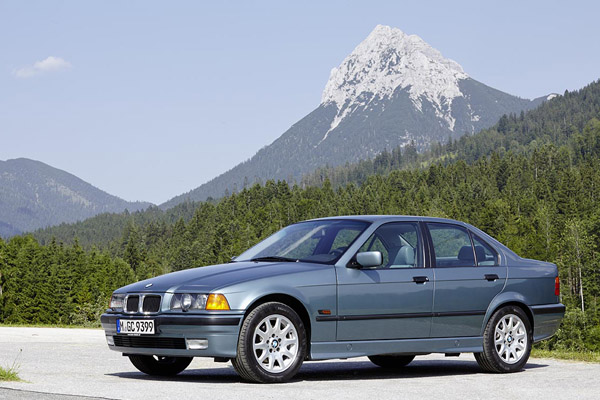
In 1991, the 3 Series entered its third generation in the UK, with the E36 version. This saw the same body style options offered, along with a new hatchback version, and a blurring of the lines between saloon and coupe for the two-door model.
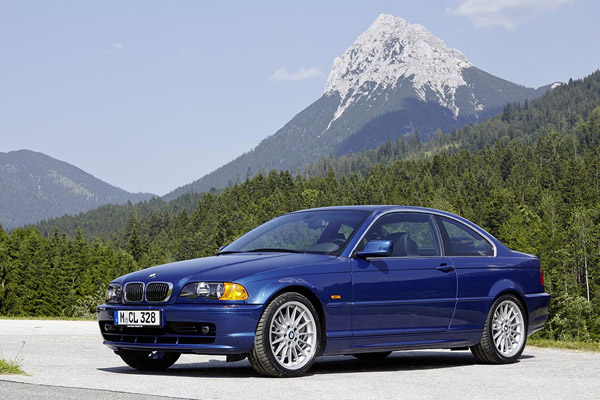
The boxier, squarer styling was perhaps the biggest departure for BMW’s compact executive car since the 02, but fitted in both with BMW’s evolving design language, as well as that of the world in general. Again, it defined a class in terms of driving dynamics, helped in large part by its new rear suspension design. The E36 survived until 1998, when the E46 came along.
In terms of styling, this returned to subtle evolution rather than revolution. A curvier appearance in general, again the 3 Series offered buyers saloon, estate, coupe, convertible, hatchback, and performance options.
A greater emphasis on equipment and advanced technology came about with this fourth-generation model, which included the likes of satellite navigation and now-essential safety systems. The M3 is also considered one of the finest in the canon, and a bona fide modern classic.
… through to modern models
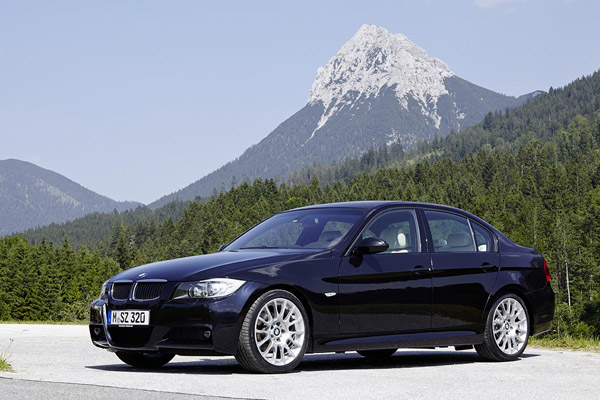
The E90 3 Series arrived in 2005, and featured the controversial design of Chris Bangle’s influence on BMW’s styling. Time has definitely seen Bangle’s efforts ratified, but at the time, they were rather Marmite in reaction. BMW’s early iterations of its iDrive infotainment system featured too, as the compact executive model became increasingly mainstream, and the Bavarian marque fitted the equipment to match expectations.
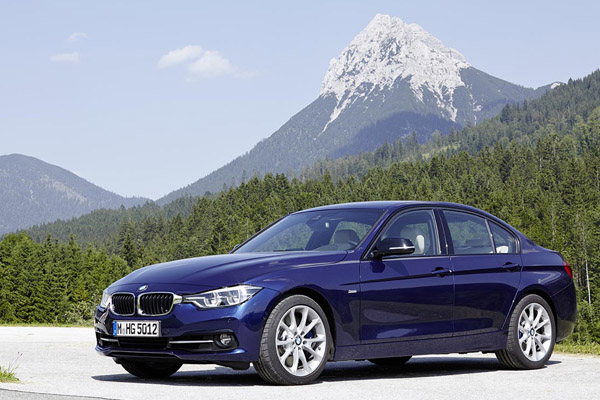
The F30 model arrived in 2012, with a further evolution in design, and offering buyers a significant technological tour de force. That said, new engines in the line up showed that BMW was also paying attention to its essentials, and this included what is now a rare sight – a new straight six petrol unit.
It also saw BMW try and refine its model line-up. The 3 Series became the four- or five-door model, with the coupe and convertible becoming the 4 Series. Again, lines were blurred with the use of a 4 Series Gran Turismo – a coupe-like five-door hatchback – but BMW was sorting out the models that had started out in niches, yet had become firm fixtures. The F30-era 3 Series was also the first to be electrified, with a plug-in hybrid model joining the petrol and diesel options.
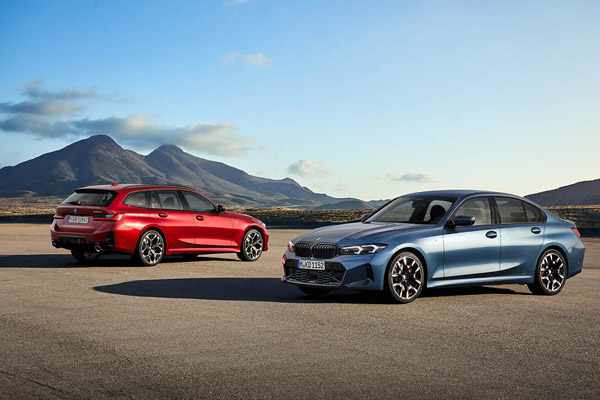
And finally, the half century sees BMW’s G20 era 3 Series incumbent. As expected, there are saloon and estate options, as well as the related 4 Series coupe and convertible. And with the i4, the arrival of an all-electric version, to join the petrol, diesel, mild hybrid, and plug-in hybrid options.
As a core part of BMW’s range, the 3 Series can not be overestimated. It has proven itself to be not only one of the most important models in BMW’s history, but also one of the most impactful model lines in automotive history. For many, it defines the class, and people will reference rival models as ‘3 Series-size’ – as well as regularly proving the yardstick by which competitors’ driving experiences are judged. We wish the BMW 3 Series a very happy birthday indeed.

COMMENT